SS-31 – 50MG
$248.00
Discount per Quantity
| Quantity | Discount | Price |
|---|---|---|
| 5 - 8 | 5% | $235.60 |
| 9 + | 10% | $223.20 |
Scientific Overview of SS-31
SS-31, also referred to as Szeto-Schiller-31 and MTP-131, is a small peptide of interest in scientific research for its potential interactions with mitochondrial structures. Investigations suggest that it may preferentially associate with cardiolipin in the inner mitochondrial membrane, which has been proposed as a mechanism by which the peptide could influence mitochondrial dynamics. These interactions have attracted attention in studies exploring cellular energy regulation, redox balance, and resilience under various stress conditions.
Studies and Research Data
SS-31 and Cellular Aging
Research has examined the potential role of SS-31 in modifying protein chemistry associated with aging. In animal models, exposure appeared to shift post-translational modifications in cardiac tissue, particularly those linked to oxidative modifications. Some of these age-associated protein alterations were reportedly reversed following peptide exposure, which suggests that the compound may influence pathways tied to mitochondrial and cardiac resilience.
Neurological Outcomes
In studies focused on neuronal injury models, the peptide has been investigated for its proposed role in counteracting mitochondrial impairment. Findings indicated that the compound may help reduce oxidative stress markers, modulate mitochondrial function, and potentially lessen structural damage in neural tissue. These observations suggest that SS-31 might contribute to neuroprotective processes through mitochondrial pathways.
Metabolic Regulation
Laboratory research involving models of type 2 diabetes has explored how SS-31 might influence leukocyte activity under stress conditions. Results suggested reduced oxidative and endoplasmic reticulum stress markers following exposure, alongside indications of adjusted autophagy markers. These findings appear to point toward a potential modulatory role of the peptide in cellular processes linked to metabolic imbalance.
SS-31 and Structural Tissues
Investigations have extended into tendon biology, where the peptide was introduced to tenocytes isolated from healthy and degenerative sources. The compound appeared to support mitochondrial activity, restore aspects of redox balance, and modulate gene expression linked to remodeling processes. These laboratory outcomes suggest that SS-31 may hold potential in advancing understanding of mitochondrial contributions to tissue maintenance.
Energy Dynamics in Muscle
Murine models of advanced age were used to explore the peptide in the context of muscle physiology. Data suggested improvements in mitochondrial ATP production and oxidative phosphorylation efficiency. Additionally, proteomic analyses indicated a reversal of certain age-related redox modifications, hinting at a potential role of SS-31 in influencing energy metabolism and muscle resilience.
SS-31 and Kidney Research
In ischemia models, the peptide was studied for its possible impact on ATP recovery following reperfusion. Observations suggest that the peptide may stabilize mitochondrial cristae structures, potentially reducing cellular stress during recovery phases. This line of research underscores possible importance in understanding organ injury processes tied to mitochondrial integrity.
SS-31 and Cachexia
Models of cancer-associated cachexia have also been used to examine SS-31. Exposure appeared to moderate body wasting, preserve aspects of mitochondrial activity, and partially restore ATP levels. While these changes were not uniform, they suggest that SS-31 may provide insight into the mitochondrial disruptions associated with severe metabolic decline.
SS-31 and Ocular Studies
In diabetic retinopathy models, SS-31 was associated with preservation of retinal structures and markers of barrier function. Reports suggested a decrease in oxidative stress signals and a potential improvement in retinal morphology. These observations imply that the peptide may serve as a useful probe in studying oxidative processes in the eye.
Conclusion
Across multiple lines of investigation, SS-31 has been studied for its potential roles in mitochondrial support, oxidative balance, and cellular resilience under stress conditions. Research spans diverse areas, including aging, neurology, metabolism, tissue biology, and organ recovery. While findings suggest possible avenues of interest, the outcomes remain exploratory, and further research is needed to clarify the broader implications.
References
- Ballarò, R., Lopalco, P., Audrito, V., Beltrà, M., Pin, F., Angelini, R., Costelli, P., Corcelli, A., Bonetto, A., Szeto, H. H., O'Connell, T. M., & Penna, F. (2021). Targeting Mitochondria by SS-31 Ameliorates the Whole Body Energy Status in Cancer- and Chemotherapy-Induced Cachexia. Cancers, 13(4), 850. https://doi.org/10.3390/cancers13040850
- Whitson, J. A., Martín-Pérez, M., Zhang, T., Gaffrey, M. J., Merrihew, G. E., Huang, E., White, C. C., Kavanagh, T. J., Qian, W. J., Campbell, M. D., MacCoss, M. J., Marcinek, D. J., Villén, J., & Rabinovitch, P. S. (2021). Elamipretide treatment attenuates age-associated post-translational modifications of heart proteins. GeroScience, 43(5), 2395–2412. https://doi.org/10.1007/s11357-021-00447-6
- Escribano-López, I., de Marañon, A. M., Iannantuoni, F., López-Domènech, S., Abad-Jiménez, Z., Díaz, P., Solá, E., Apostolova, N., Rocha, M., & Víctor, V. M. (2019). The Mitochondrial Antioxidant SS-31 Modulates Oxidative Stress, Endoplasmic Reticulum Stress, and Autophagy in Type 2 Diabetes. Journal of clinical medicine, 8(9), 1322. https://doi.org/10.3390/jcm8091322
- Birk, A. V., Liu, S., Soong, Y., Mills, W., Singh, P., Warren, J. D., Seshan, S. V., Pardee, J. D., & Szeto, H. H. (2013). The mitochondrial-targeted compound SS-31 re-energizes ischemic mitochondria by interacting with cardiolipin. Journal of the American Society of Nephrology, 24(8), 1250–1261. https://doi.org/10.1681/ASN.2012121216
- Zhang, X., Zhang, Y., Zhang, M., Nakagawa, Y., Caballo, C. B., Szeto, H. H., Deng, X. H., & Rodeo, S. A. (2022). Evaluation of SS-31 as a Potential Strategy for Tendinopathy Treatment: An In Vitro Model. The American journal of sports medicine, 50(10), 2805–2816. https://doi.org/10.1177/03635465221107943
- Pang, Y., Wang, C., & Yu, L. (2015). Mitochondria-Targeted Antioxidant SS-31 is a Potential Novel Ophthalmic Medication for Neuroprotection in Glaucoma. Medical hypothesis, discovery & innovation ophthalmology journal, 4(3), 120–126.
- Huang, J., Li, X., Li, M., Li, J., Xiao, W., Ma, W., Chen, X., Liang, X., Tang, S., & Luo, Y. (2013). Mitochondria-targeted antioxidant peptide SS-31 protects the retinas of diabetic rats. Current molecular medicine, 13(6), 935–945. https://doi.org/10.2174/15665240113139990049
- Campbell, M. D., Duan, J., Samuelson, A. T., Gaffrey, M. J., Merrihew, G. E., Egertson, J. D., Wang, L., Bammler, T. K., Moore, R. J., White, C. C., Kavanagh, T. J., Voss, J. G., Szeto, H. H., Rabinovitch, P. S., MacCoss, M. J., Qian, W. J., & Marcinek, D. J. (2019). Improving mitochondrial function with SS-31 reverses age-related redox stress and improves exercise tolerance in aged mice. Free radical biology & medicine, 134, 268–281. https://doi.org/10.1016/j.freeradbiomed.2018.12.031
- Zhu, Y., Wang, H., Fang, J., Dai, W., Zhou, J., Wang, X., & Zhou, M. (2018). SS-31 Provides Neuroprotection by Reversing Mitochondrial Dysfunction after Traumatic Brain Injury. Oxidative medicine and cellular longevity, 2018, 4783602. https://doi.org/10.1155/2018/4783602
Disclaimer:
The products mentioned are intended solely for laboratory research and in-vitro experimentation. They are not approved for human or animal use of any kind. All details provided are for educational purposes only. By purchasing from this site, you agree to comply with our Terms and Conditions.
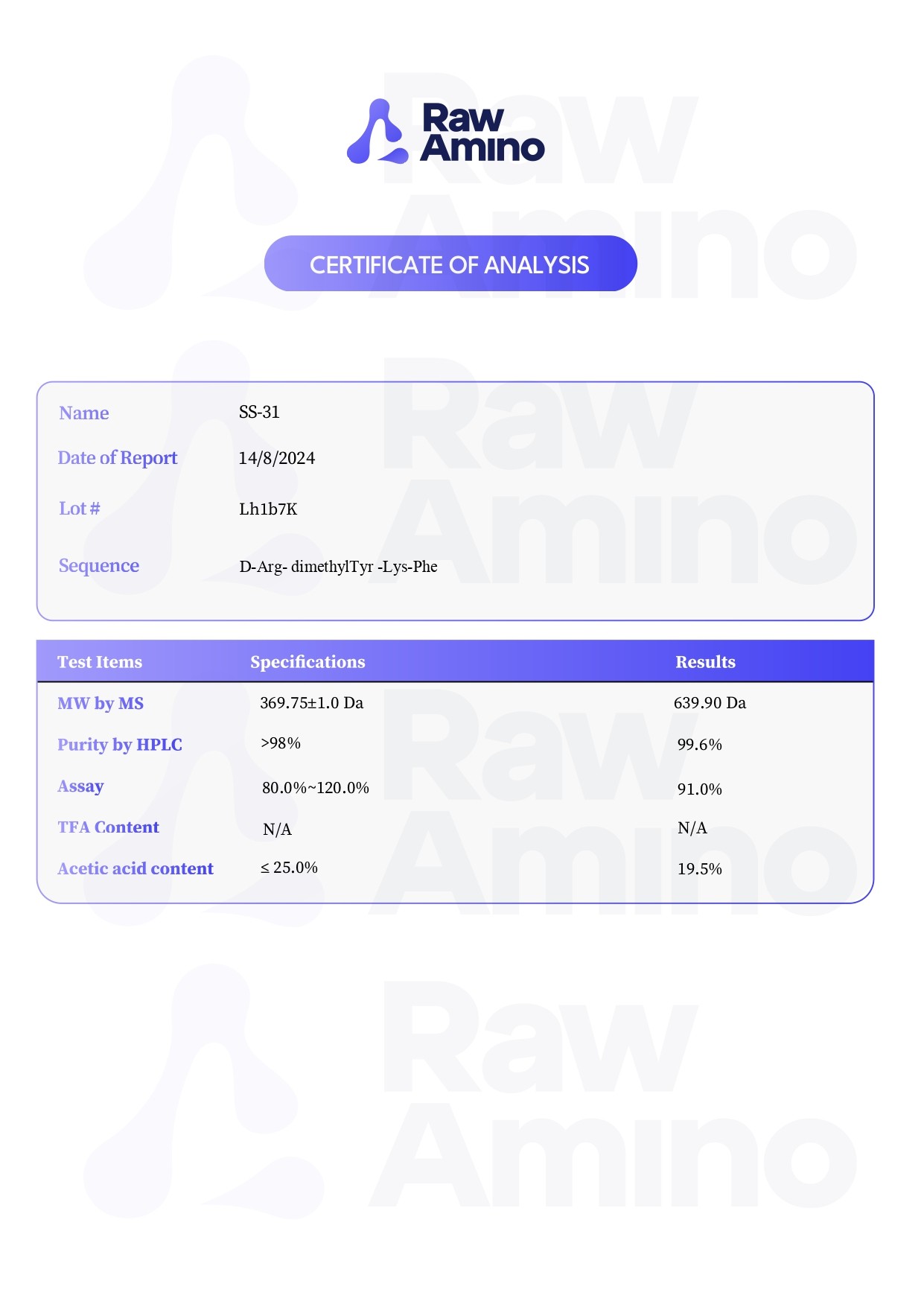
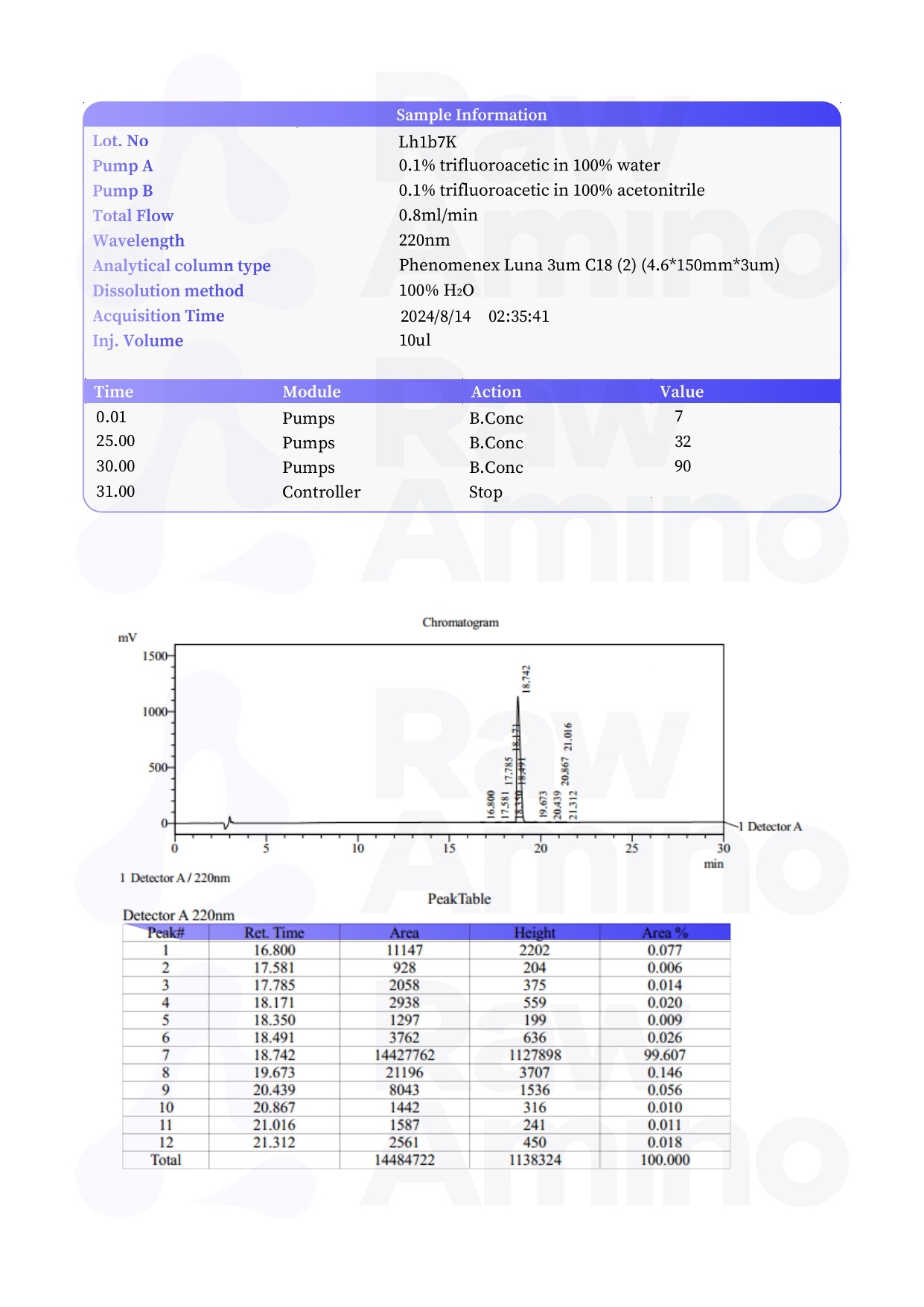
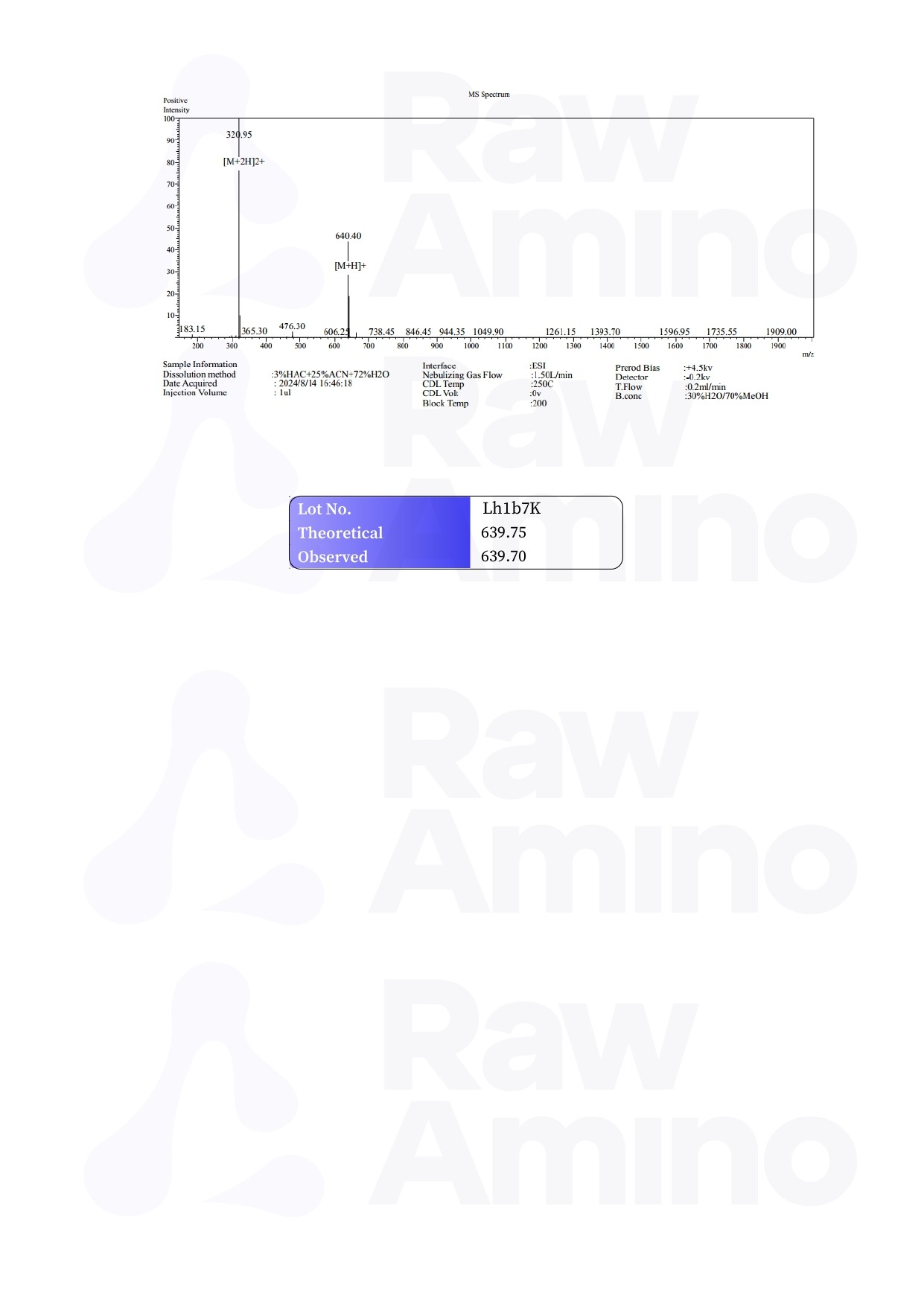
Only logged in customers may leave a review.
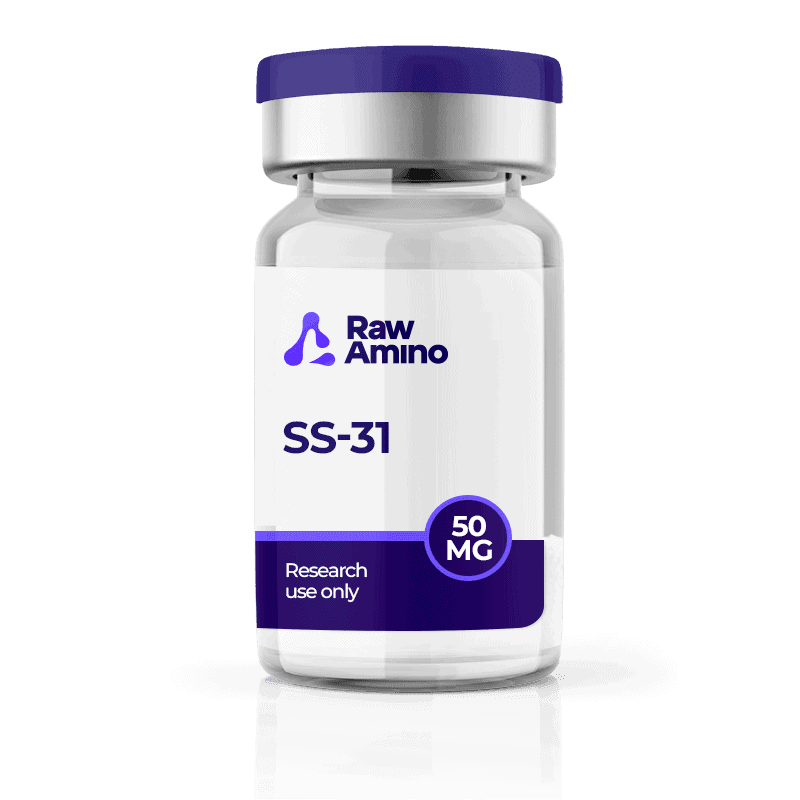


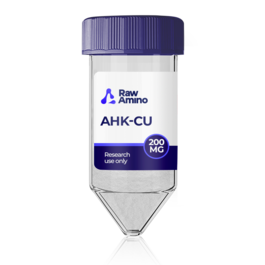
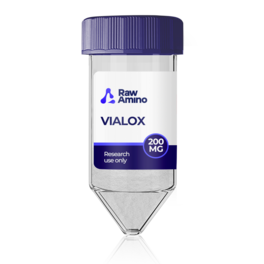
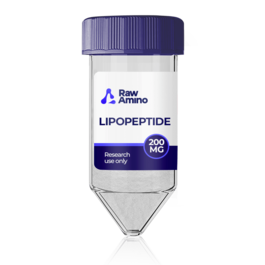
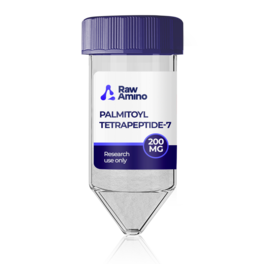
Reviews
There are no reviews yet.